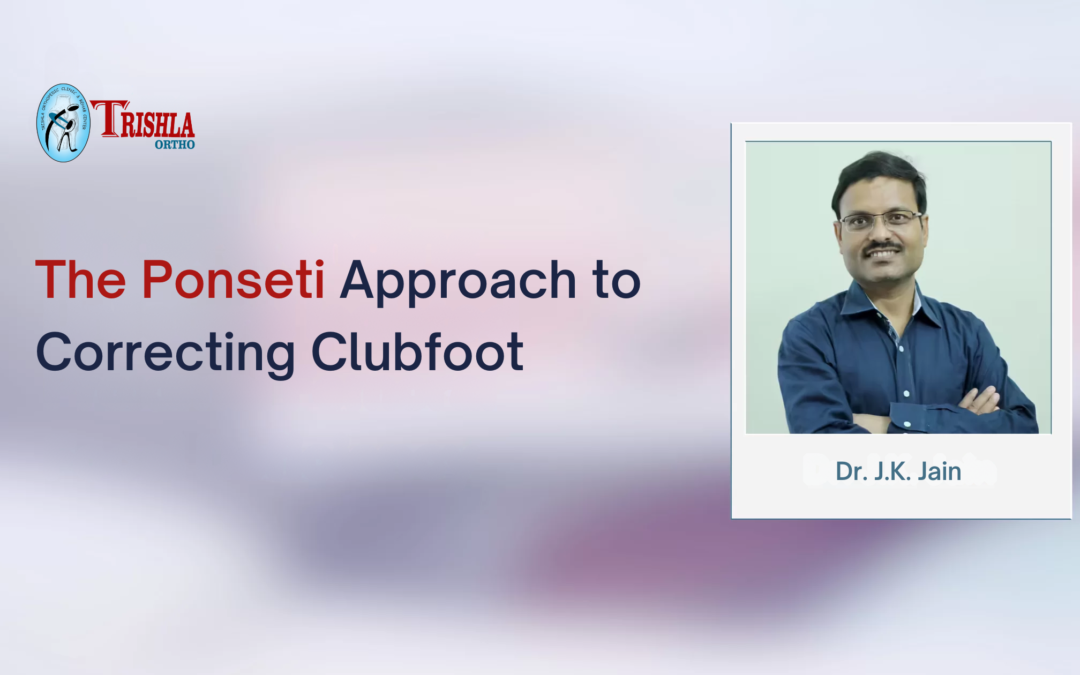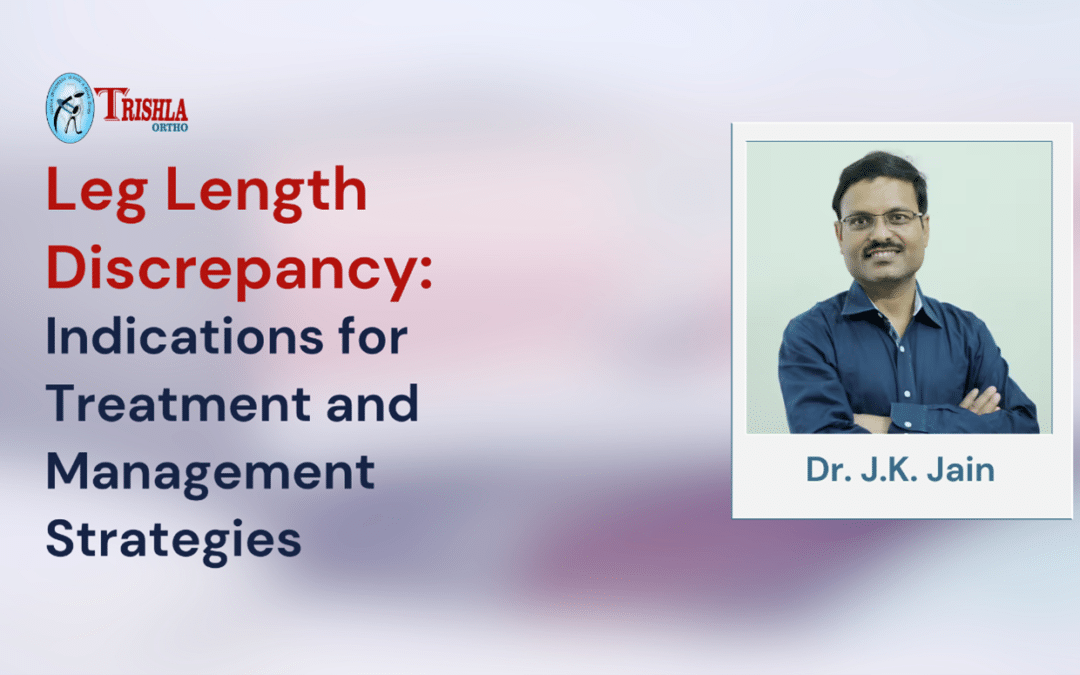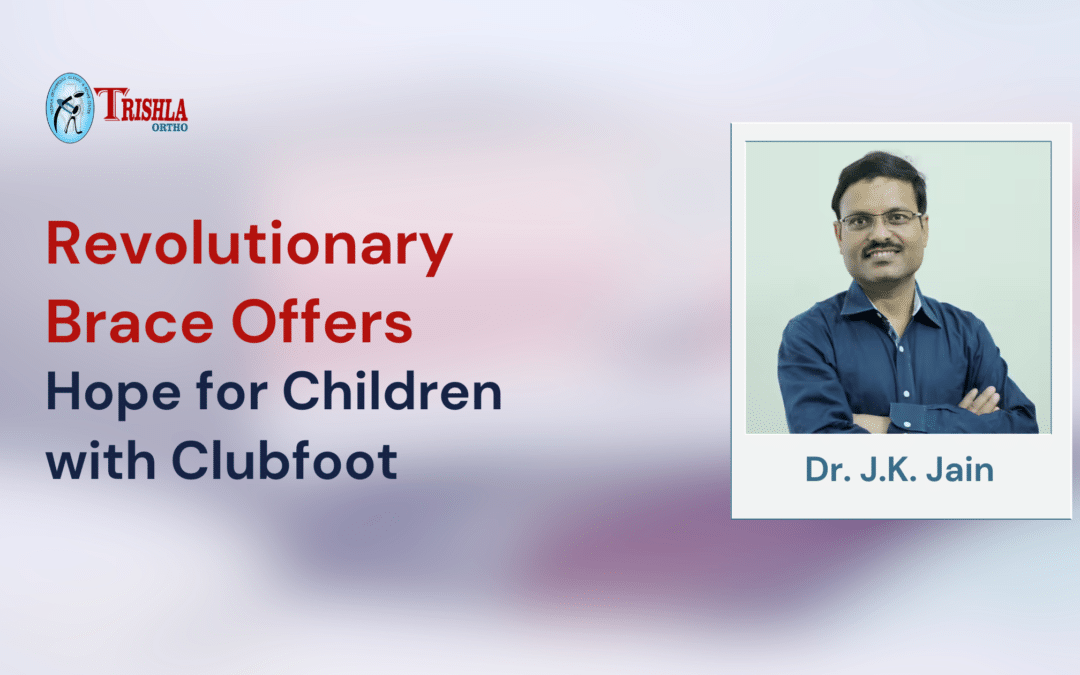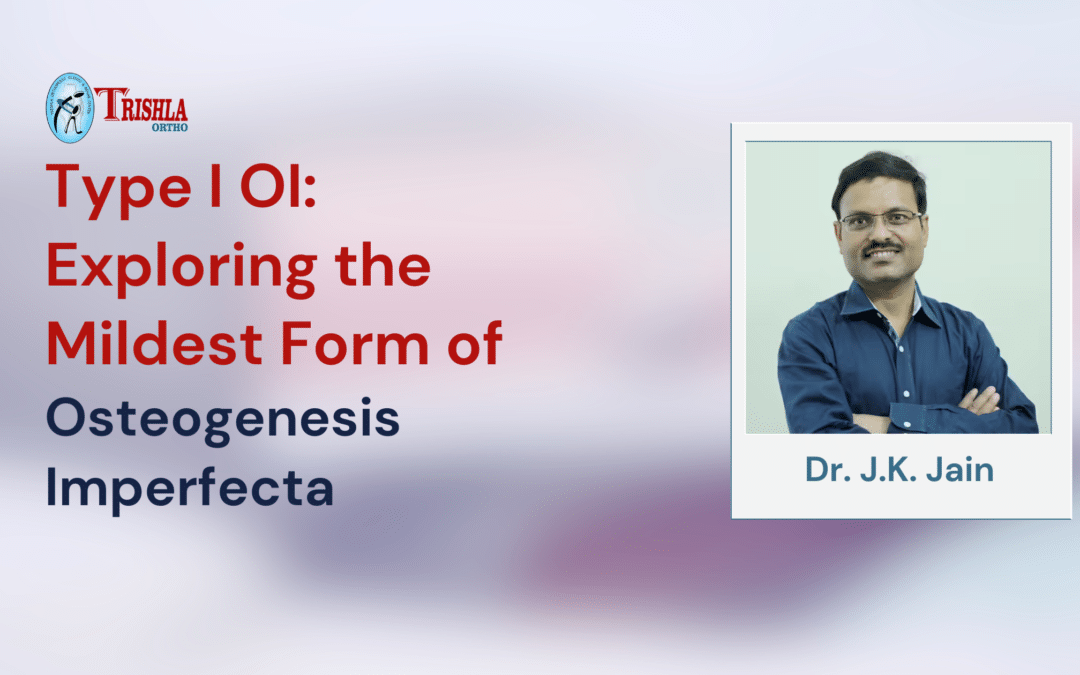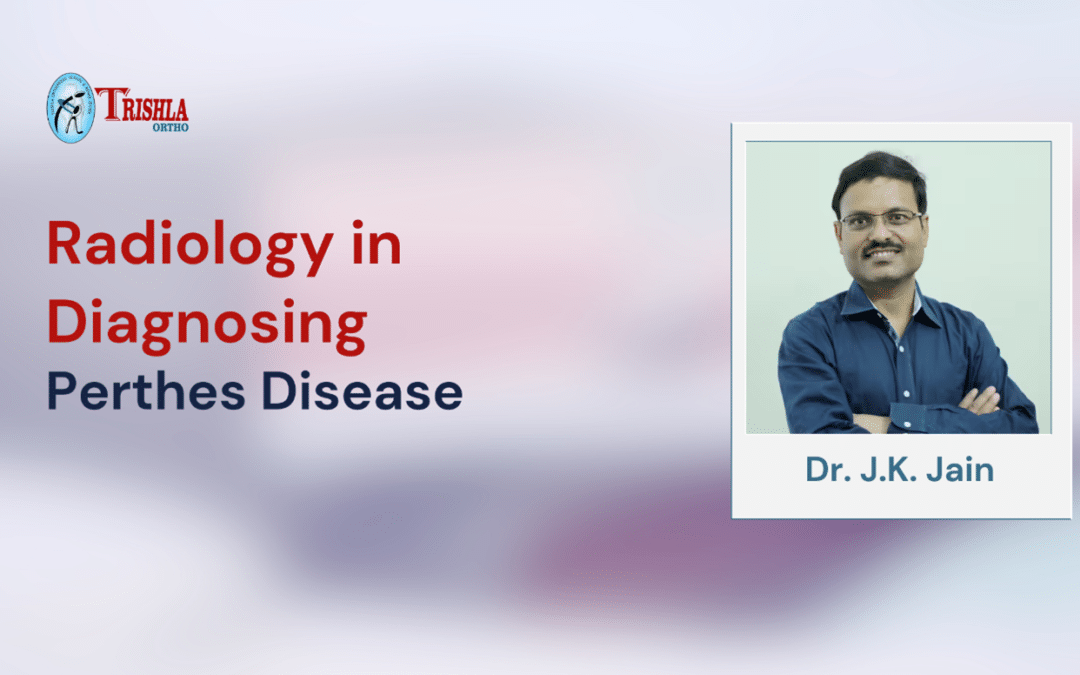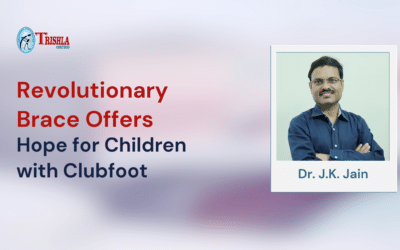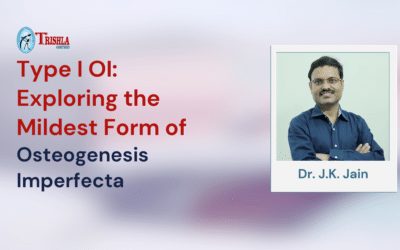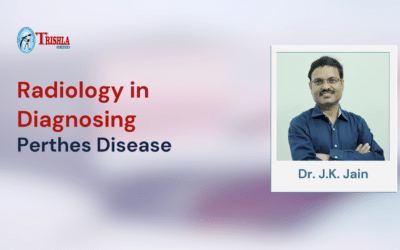Yes. Children born with CTEV can live a normal life. With timely intervention & proper use of a brace under strict guidance, most of the feet can become nearly normal-looking feet. In the future, fully treated CLUB feet won’t cause any problems. A child will not have any disability. They can run, jump, walk, and wear shoes as they want. They can enjoy their life as per their wish. Less than 5% can have recurrence with modern care but still, this recurrence can also be managed nicely again by the ponsetty technique. If treated right after birth, this condition does not even require surgery for correction.
Its incidence is nearly 1 in 1000 live births. It is a congenital deformity of the foot. In which the newborn feet point medially & downward, with deep medial creases. Deformities can be mild to severe. It can affect one or both feet. Most of the time causes are not known. But sometimes this problem can be a part of a syndrome.
CTEV Treatment starts as a child is born. Very mild & postural ctev can be managed by oil massage at home. But other varieties need manipulation and plaster application. Ponsetty methods of manipulation and plaster application are the universal methods of treatment in ctev. In this method, repeated manipulation & plaster application at 1 week to 10 days intervals are being done in a specific pattern 5-6 times. In the last percutaneous heel card, tenotomy is also required. A child needs to wear an abduction CTEV Brace minimum of 2 years. Constant watch on the progress of foot position is very important. If properly managed, then less than 5% of children will have a recurrence. Recurrence is seen only in very stiff feet. Despite recurrence, early identification and reapplication of the same principle will again manage the recurrence of deformity. With the use of the poinsettia plaster technique, the foot will be supple, painless, and scarless. Results are always good. The rate of complication is much less.
Surgery is rarely needed in CTEV as a supplement to the Ponsetty’s technique of manipulation. Earlier before the use of the ponsetty technique, surgery was the common method of treatment for cerebral palsy but with the success of the plaster technique use of surgeries nowadays is rare. In surgery, tendon lengthening, percutaneous tenotomy, tendon transfer & bone surgery are the common ones.
Parents need to identify it earliest and visit to a pediatric orthopedic surgeon for better treatment. Treatment on the other hand gives good outcomes.
Link to complete information on CTEV: https://youtu.be/b-z3P6JDctU
Reference link –
https://www.physio-pedia.com/Introduction_to_Clubfoot
https://www.orthobullets.com/pediatrics/4062/clubfoot-congenital-talipes-equinovarus
https://www.healthline.com/health/clubfoot#Diagnosing-Clubfoot

